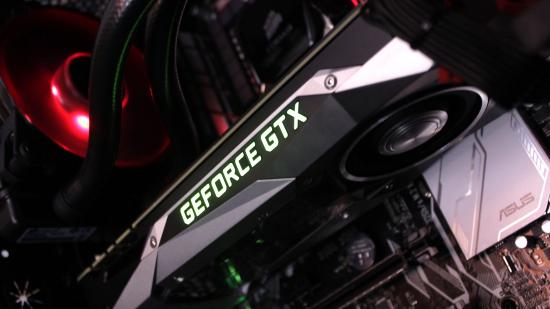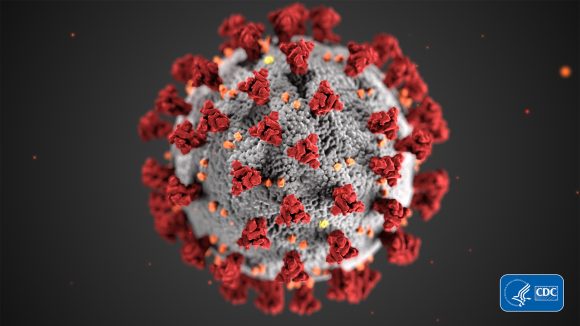Hey, you. Yeah, you with the high-end gaming PC rig. You can help researchers across the globe better understand 2019-nCoV (commonly referred to as Coronavirus or COVID-19) by Folding@Home on your gaming machine when you’re not using it.
Back in the GPU mining days of yore, when Bitcoin prices were high and difficulty low, many avid PC owners turned the computational might of their graphics card towards turning a profit mining. But there’s always been a wholesome and helpful alternative if you’re looking to put your rig up for rent in its off hours: Folding@Home.
Folding@Home utilises a web of PCs to fight Alzheimer’s, Cancer, Malaria, Diabetes, and many more diseases that require immense modelling and simulation resources in order for researchers to better understand how to combat them. Powered by a distributed network of PCs kindly donated to the cause, and with over 100 PetaFLOPs (as of 2016) to play with, Folding@Home does a hella lot of good through the power of the people.
Now the consortium behind the distributed network is turning its computational might towards 2019-nCoV. In order to fight the spread of any Coronavirus strain, you must first prevent it from binding to protein in the lungs. To do so, you have to better understand the ‘spike protein’ that binds to a receptor – and that’s where Folding@Home, and potentially you, can help.
The above image, courtesy of Alissa Eckert, MS; Dan Higgins, MAM; from the Centers of Disease Control and Prevention, highlights the ‘spike protein’ across the surface of the virus.
As a blog post on Folding@Home puts it (via Sweclockers): “proteins are not stagnant – they wiggle and fold and unfold to take on numerous shapes. We need to study not only one shape of the viral spike protein, but all the ways the protein wiggles and folds into alternative shapes in order to best understand how it interacts with the ACE2 receptor, so that an antibody can be designed.”
By lending your gaming rig, which makes for a mighty capable computational machine largely thanks to your GPU, the Folding@Home team can offer a way off crunching the numbers effectively while mapping the structure of said virus’ spike protein. From there, a therapeutic antibody can be designed to block the viral protein, and therefore infection, from the get-go – as was done with 2019-nCoV’s close cousin, SARS-CoV.
Similar protein-mapping projects are occurring across the globe, too. Over in the US, researchers at the University of Texas and National Institute of Health are building atomic-scale maps utilising cryo-electron microscopy. The 3D image is built using over 100,000 2D images of the molecule trapped in ice alongside an application called cryoSPARC, powered by V100 and T4 Nvidia GPUs.
It’s all hands on deck to help support research efforts into 2019-nCoV. If you would also like to lend a hand, or FLOP, you can follow this Folding@Home link to get started.
Header image courtesy of Abigail Diseno from Pixabay.

